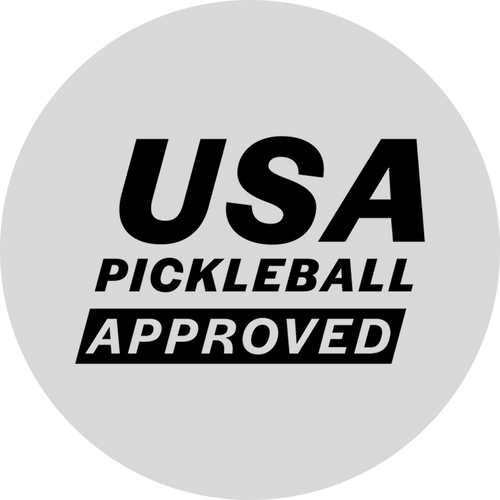
The Science of the Sweet Spot: Biomechanics Behind a Perfect Hit
Share
That Satisfying Thwack!
Every pickleball player—novice or elite—knows the moment. That just-right connection between paddle and ball. The sweet sound, the effortless glide, the surgically placed shot. That, my friend, is the sweet spot, and once you’ve felt it, you’ll chase it every time you step on the court.
But what makes this holy grail of paddle perfection so magical? The answer isn’t luck or pixie dust—it’s science. Specifically, biomechanics, physics, and a pinch of paddle engineering.
Let’s take a joyful yet geeky journey through the inner workings of the sweet spot, and discover how you can harness it to hit with more control, power, and finesse.
1. What Is the Sweet Spot, Anyway?
The “sweet spot” is the area on your paddle face that produces the most efficient and stable contact with the ball. When you strike the ball here:
- The paddle doesn’t vibrate uncomfortably
- The shot feels smooth and effortless
- You get maximum energy transfer with minimal resistance
There are actually three sweet spots in play, each with its own biomechanical impact:
🎯 Center of Percussion (COP)
This is the no-vibe zone. Hit here, and the paddle won’t twist or rattle in your hand. It’s where the impact force balances out rotational forces.
🧮 Node of Vibration
This is the point where shock waves cancel each other out, minimizing vibration. It’s what gives you that “soft” feel, even on hard hits.
💥 Maximum Coefficient of Restitution (COR)
This refers to the point that returns the most energy to the ball—aka, your power zone.
All three regions typically overlap in the central upper area of the paddle face. That’s your golden ticket.
2. Biomechanics 101: Your Body’s Role in Sweet Spot Magic
Finding the sweet spot isn’t just about paddle design—it’s about how you move. Let’s break it down from the ground up.
🦶 Footwork & Stance
Balanced footwork ensures your body is centered during contact. Think wide base, knees bent, weight forward—this creates kinetic readiness and helps you line up the paddle correctly.
🧍 Torso Rotation
Rotation from your core—not just your arm—adds torque and helps align the paddle squarely with the incoming ball. Smooth torso rotation ensures the sweet spot gets to the ball on time.
💪 Arm Mechanics
Overreaching or collapsing your elbow throws off your control. Instead, aim for compact, repeatable strokes that allow the paddle face to remain stable through contact.
✋ Grip Pressure
Too tight? You’ll reduce feel and increase vibration. Too loose? You’ll sacrifice control. The Goldilocks zone—firm but relaxed—allows you to feel the paddle’s feedback and make micro-adjustments mid-rally.
🎓 Biomechanically speaking, the sweet spot isn't just a paddle zone—it’s a body-paddle partnership.
3. The Physics of the Perfect Hit
Let’s sprinkle in some physics, shall we?
- Momentum Transfer: The ball takes on the momentum of your paddle. If you strike the sweet spot, there’s little energy loss due to vibration or twist, making your shot feel effortless.
- Torque Minimization: An off-center hit causes the paddle to torque in your hand, wasting energy and scrambling control. Sweet spot hits eliminate this wobble.
- Spin Control: When you contact the ball on the sweet spot with a slight brush or tilt, you get clean spin—not the off-center kind that fizzes into the net.
Think of it like hitting a golf ball with the center of the clubface or nailing a baseball with the “meat” of the bat—physics rewards precision.
4. How Paddle Design Influences the Sweet Spot
Not all paddles are created equal, and the sweet spot varies depending on:
🧱 Core Material
- Polymer honeycomb: Popular for feel and control
- Nomex: Stiffer, with a smaller sweet spot but more pop
- Aluminum: Lightweight but less forgiving
🧩 Surface Texture
Spin-friendly paddles tend to have grittier textures, allowing better grip on the ball—but they also require cleaner contact to maintain accuracy.
🪶 Weight & Balance
- Head-heavy paddles increase power but reduce maneuverability
- Even-balanced paddles offer a larger sweet spot and better control
🎯 Tip: Want to find your paddle’s sweet spot? Bounce a ball gently across the face until you feel the least vibration and see the most consistent rebound. Voilà.
5. Training to Find (and Feel) the Sweet Spot
Sweet spot mastery doesn’t come by accident—it comes through deliberate, body-aware practice.
🏓 Drill Ideas:
- Wall dinks: Focus on paddle control and quiet contact
- Target zones: Tape a small circle on the paddle and aim to hit only that area
- Slow-motion rallying: Lower intensity helps build feel and correct errors
🎥 Bonus Tip:
Record your hits and use slow-motion playback. Analyze the ball’s contact point, your paddle’s angle, and your follow-through.
Over time, your muscle memory will start seeking the sweet spot naturally, even under pressure.
Final Rally: Your Sweet Spot Superpower
Mastering the sweet spot isn’t just about better shots—it’s about playing with more efficiency, confidence, and joy. When your paddle and body align in harmony, the game becomes smoother, your strokes become smarter, and your opponents? Well, they’ll just wonder how you’re making it look so easy.
So next time you take the court, don’t just swing—connect. Feel the energy. Tune in to the feedback. Let the biomechanics and physics work in your favor.
And above all, keep chasing that glorious thwack that tells you: you hit it just right. 🏓✨
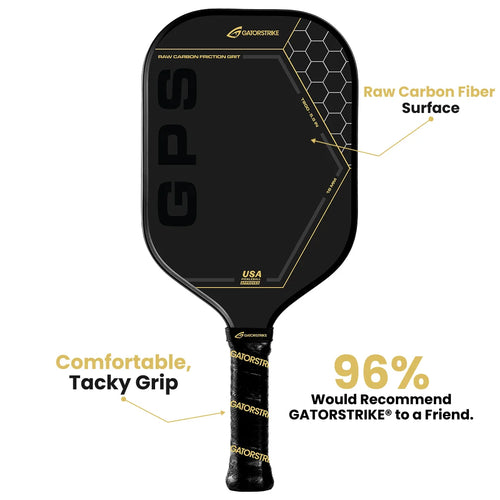
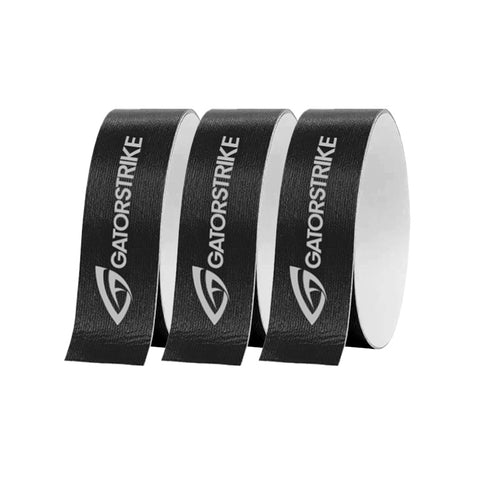
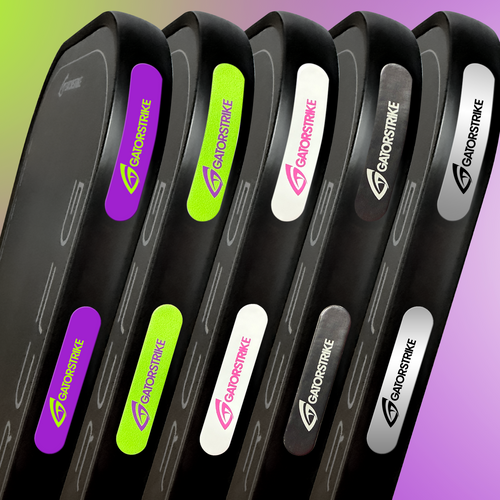


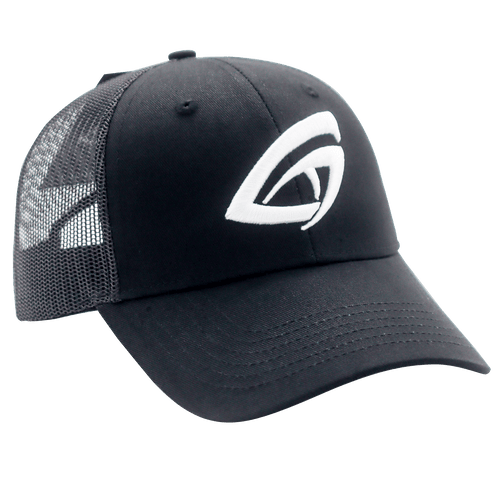
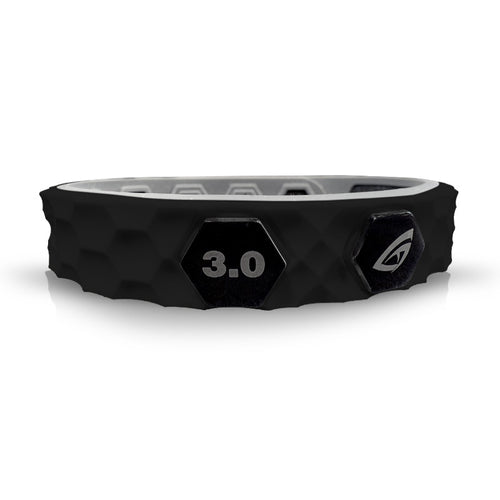
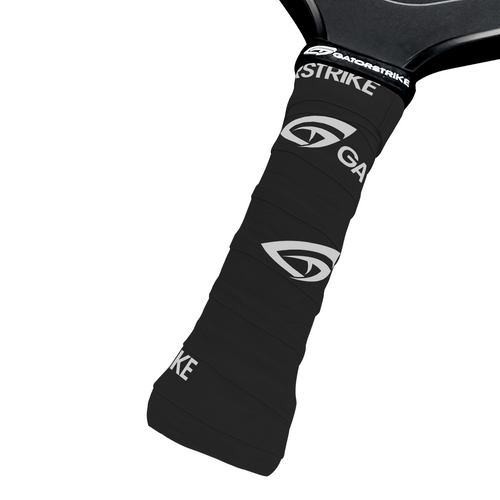

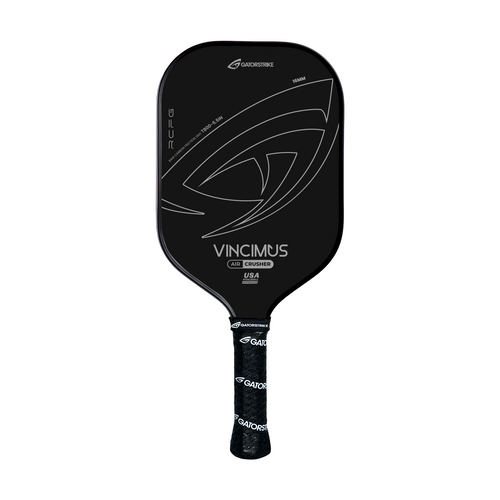


 FREE SHIPPING ON ORDERS $25 OR MORE!
FREE SHIPPING ON ORDERS $25 OR MORE!


